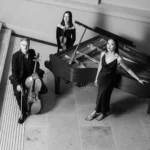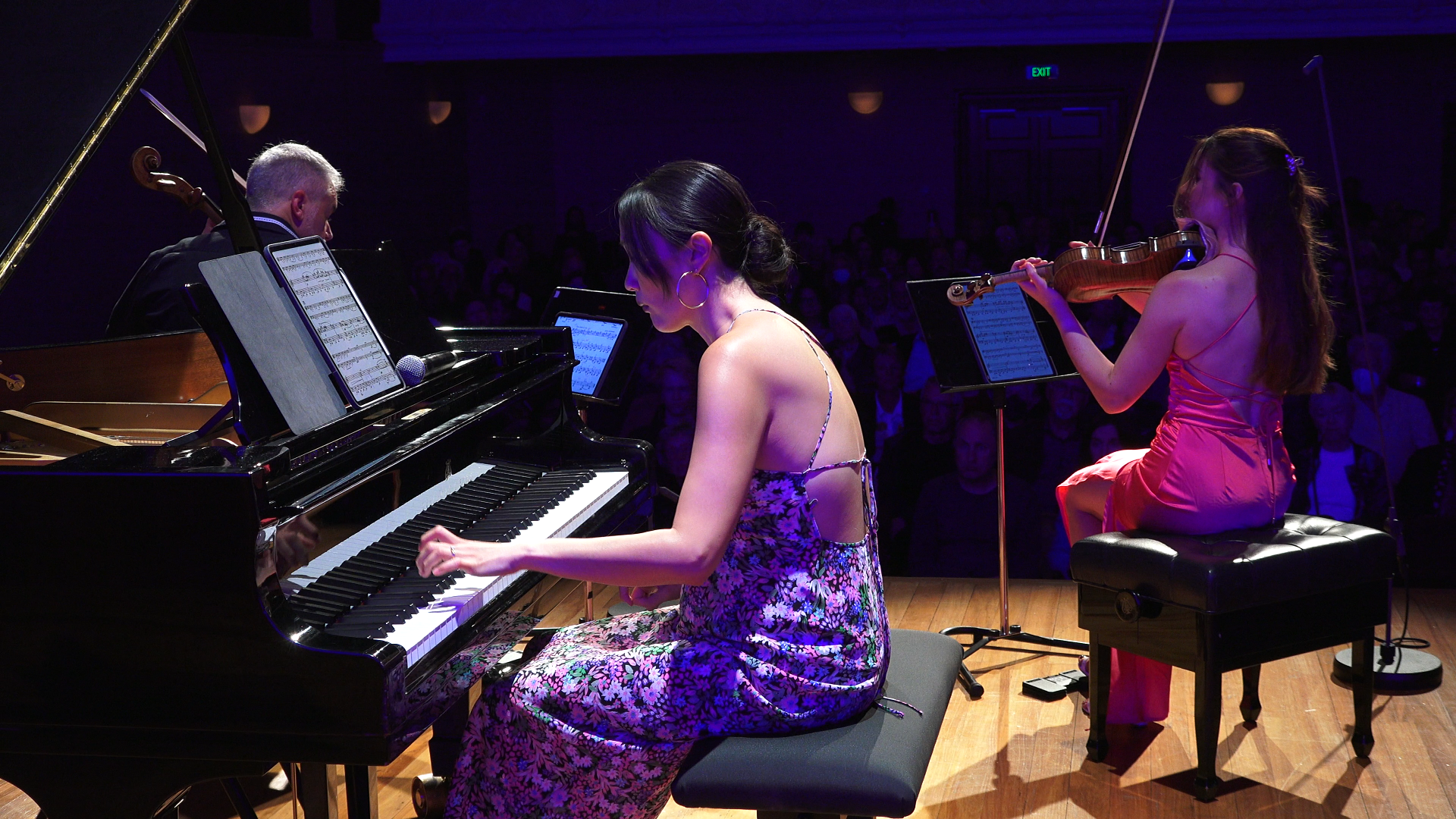During his 11 years there Dvořák composed copiously, influenced by Wagner as were many of his contemporaries. Smetana suggested instead that he should draw on his native folk music for inspiration. Dvořák’s deep affection for his homeland became an integral part of his music and he went on to produce a lasting and much-loved body of work that spoke with a national voice and brought him recognition and success.
The early Piano Trios No.s 1 and 2 date from the period when Dvořák began to create his individual musical style. The first trio, with its succession of attractively natural themes, and the often poignant second trio, written four months after the death of his baby daughter, reveal the composer’s emerging Czech national style. Grove suggests that the prominence of minor keys in the G minor Trio can be attributed to Dvořák’s distress at his daughter’s death even though Dvořák gave no indication of this.
The G minor Trio opens with two assertive chords leading into a motif of repeated turns on the piano which is then taken up by the violin. This ‘turning motif’ becomes a second theme played by the cello and is skilfully developed as the movement unfolds.
Similarly, the lovely Largo is fashioned simply from a poignant cello melody, at first poetic, until a persistent low drumbeat on the piano gives a hint of a funeral march. After a sudden stillness, the tenderly repetitive theme becomes reflective and chromatic harmonies in the strings add new nostalgia.
The Scherzo, full of nervous tension and rhythmic invention, is built on a five-bar phrase which is chased from instrument to instrument. It is briefly interrupted by a wistful cello melody, which has taken the opening motif and slowed it down. The ingenious central trio is built on an arpeggio of rising chords and has an improvisatory air.
As with the first movement, the finale announces itself with assertive chords, but now in G major. This leads to a piquant dance at first hesitant, and then bolder until it resembles a polka. As the movement develops, the tantalising dance interrupts twice – and eventually has the last word.
Joy Aberdein © 2012





